In 2024, ABUAD reaffirmed its commitment to advancing environmental responsibility by reviewing its policies regarding energy efficiency. The updated policy ensures that all new constructions, renovations, and facilities comply with energy efficiency standards. Additionally, the university emphasized the importance of managing energy and utility consumption across the campus by implementing sustainable practices and procedures. This includes the use of electricity, natural gas, and fuel oil for all campus buildings and utilities.. Click below to see the ABUAD University Energy Conservation Policy (2020 – 2025) reviewed 2024
ABUAD-Energy-and-Utilities-Sustainability-Master-Plan-Reviewed-2024In Afe Babalola University, minimizing utility bills is essential, especially considering that the average monthly electricity cost in 2024 is approximately eighteen million naira. To achieve this, it is crucial to continuously improve the energy efficiency of every building on campus. The Directorate of Projects and Works Department has implemented a structured policy to address this issue:
(i) As of December 2024, all new and existing buildings—including offices, student residences, staff housing, auditoriums, and commercial centers—will be metered to measure and monitor energy consumption.
(ii) The university will phase out high-energy consumption lighting fixtures in all existing buildings, replacing them with LED lighting in new constructions. This transition has proven effective in reducing energy usage: by at least 70% in 2021, 88% in 2022, 95% in 2023 and further down to 100% in 2024.
ABUAD-University-Energy-Conservation-Policy-Reviewed-2024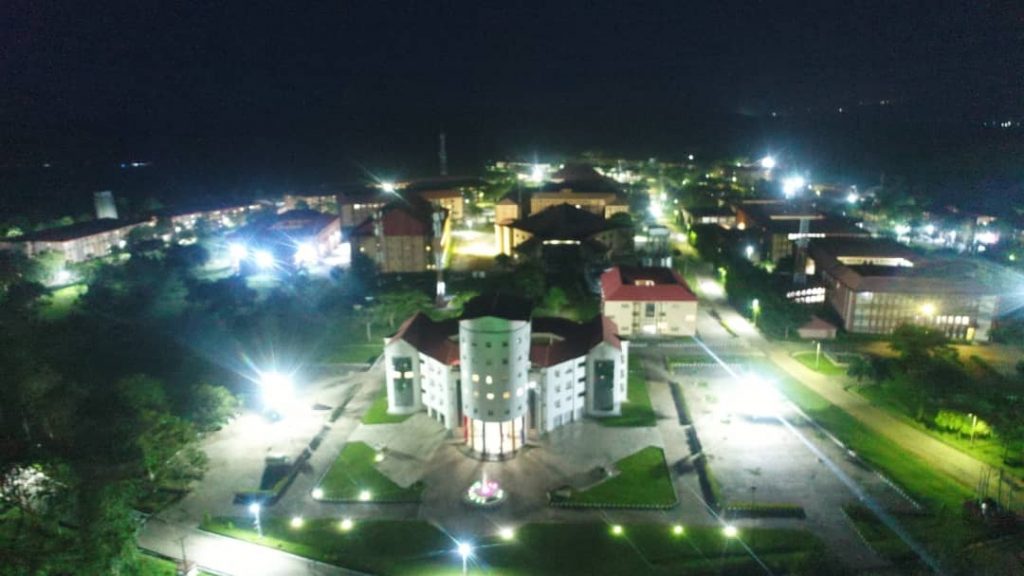
(iii) In 2024, ABUAD has continued to convert the university’s conventional streetlights and occasionally used rooms, such as conference and seminar rooms, to a smart automatic control system with LED lighting. This upgrade has significantly improved the intelligent and automatic control of the streetlights, leading to reduced energy consumption.
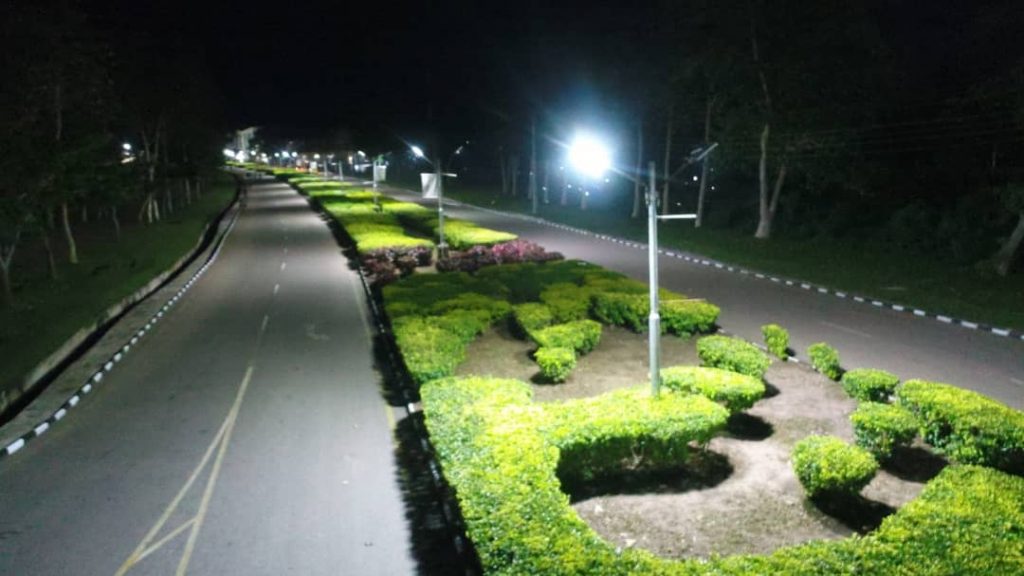
(iv) In 2024, ABUAD continued to ensure that proper ventilation design was chosen to guarantee good air quality and reduce heat, thus minimizing the energy required for cooling.
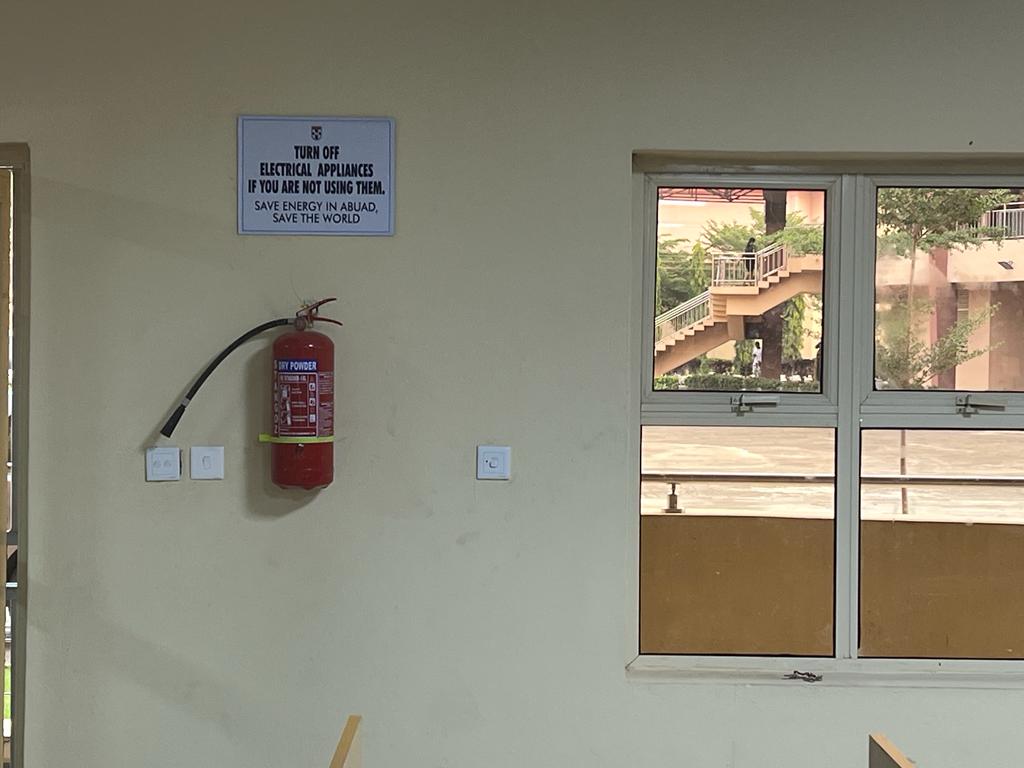
2024 ABUAD Energy Conservation and Waste Management Report
In 2024, the Directorate of Works and Services conducted an energy audit, no significant increase in energy generation through the University Independent Power Project. This project utilizes renewable sources such as natural gas, hydro power, and solar energy, resulting in a total generation of 5.85 gigajoules.
In January 2024, the university reduced its energy consumption to 35% of the total energy generated (5.85 gigajoules), marking a sharp decrease compared to January 2023. In January 2023, energy consumption was high, at 31% of 5.85 gigajoules (equivalent to 1.8135 gigajoules). This was a significant improvement from nearly 100% consumption in January 2022 and 2023. The high consumption levels in 2021 and 2022 as well as low percentage in 2023 were mainly due to the use of energy-intensive bulbs, fluorescent lights, and the continuous use of electrical appliances by students and staff. Improper management of high-powered fans and air conditioners during non-class hours, along with the frequent use of energy-consuming devices during daylight, contributed to energy wastage and increased greenhouse gas emissions.
The successful implementation of the University’s Energy Conservation Policy has led to a substantial reduction in energy waste. This policy mandates that existing buildings switch to LED lighting, which consumes less power and emits fewer pollutants, while new buildings are also required to use LED lighting. Furthermore, the adoption of energy control devices and awareness campaigns on energy conservation have significantly decreased energy waste. The percentage of energy reduction improved from 50% in December 2021 to approximately 78% in December 2022, an impressive 95% in December 2023 was totally reduced to almost 100% in 2024. This progress has created more opportunities to redirect energy resources to power neighboring local communities.
It is important to note that the primary source of energy waste has been the use of traditional bulbs and high-powered electrical devices. As of December 2021, these accounted for approximately 65% of energy waste. This figure decreased to 20% in December 2022, dropped to just 5% in December 2023 and further reduced to 0.01% in 2024.
In 2024, the Directorate of Works and Services conducted an energy audit, revealing no significant increase in energy generation through the University Independent Power Project. This project utilizes renewable sources such as natural gas, hydro power, and solar energy, resulting in a total generation of 5.85 gigajoules.
In January 2024, the university reduced its energy consumption to 18% of the total energy generated (5.85 gigajoules), marking a sharp decrease compared to January 2023. In January 2024, energy consumption was high, at 17% of 5.85 gigajoules (equivalent to 0.9945 gigajoules). This was a significant improvement from nearly 100% consumption in January 2021. The high consumption levels in 2021 were mainly due to the use of energy-intensive bulbs, fluorescent lights, and the continuous use of electrical appliances by students and staff. Improper management of high-powered fans and air conditioners during non-class hours, along with the frequent use of energy-consuming devices during daylight, contributed to energy wastage and increased greenhouse gas emissions.
The successful implementation of the University’s Energy Conservation Policy has led to a substantial reduction in energy waste. This policy mandates that existing buildings switch to LED lighting, which consumes less power and emits fewer pollutants, while new buildings are also required to use LED lighting. Furthermore, the adoption of energy control devices and awareness campaigns on energy conservation have significantly decreased energy waste. The percentage of energy reduction improved from 50% in December 2021 to approximately 78% in December 2022, reaching an impressive 95% in December 2023 and almost 0.01% in December 2024. This progress has created more opportunities to redirect energy resources to power neighboring local communities.
It is important to note that the primary source of energy waste has been the use of traditional bulbs and high-powered electrical devices. As of December 2021, these accounted for approximately 65% of energy waste. This figure decreased to 20% in December 2022, dropped to just 5% in December 2023 and further reduced to 0.01% in December 2024.
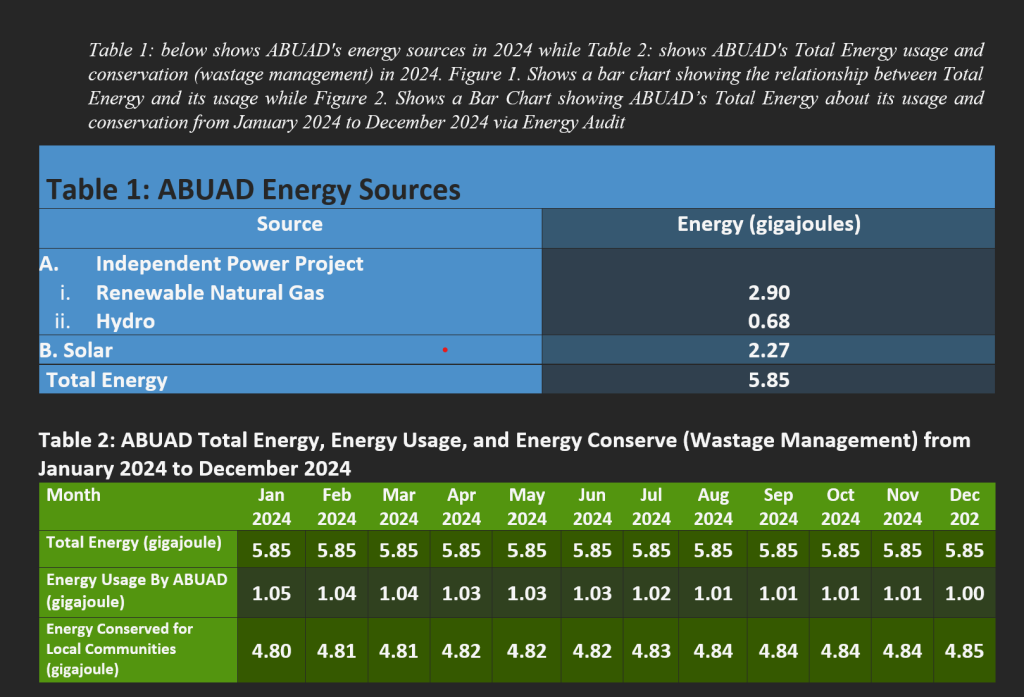

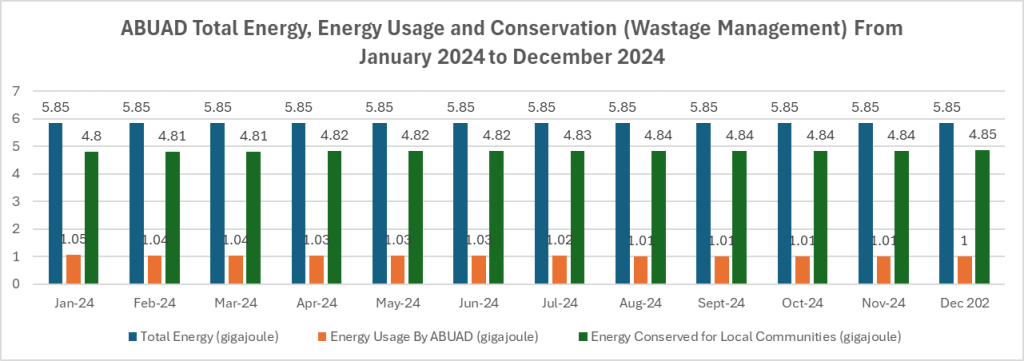

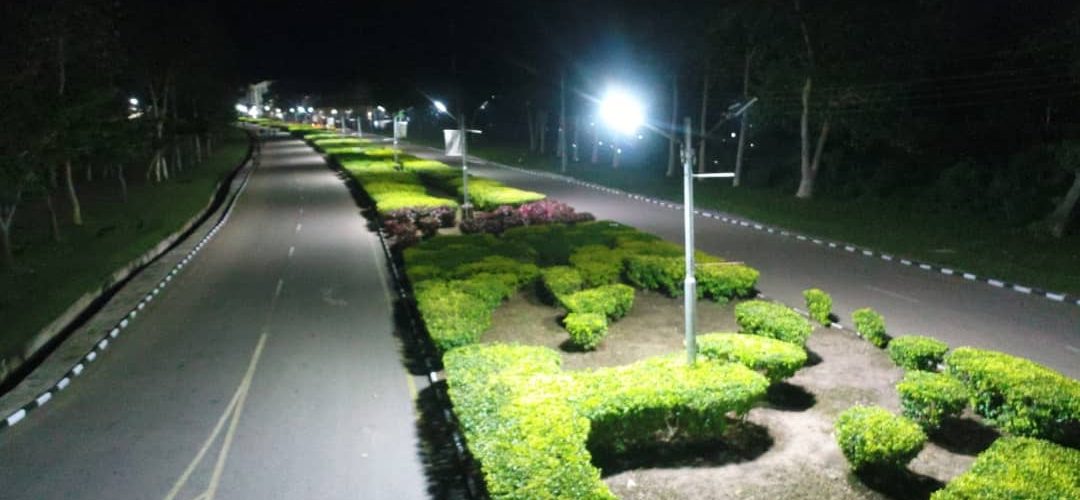



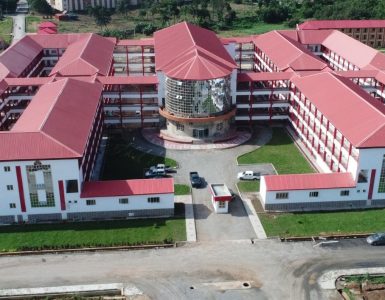











Add comment